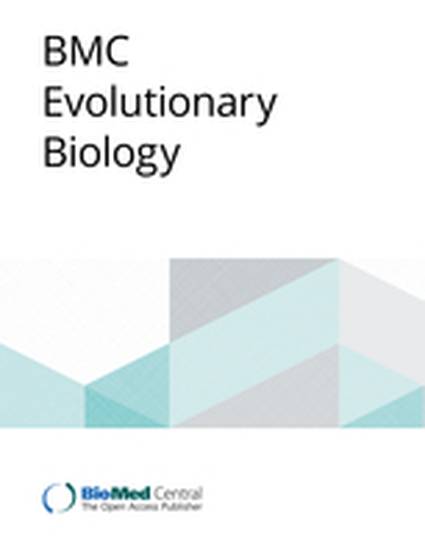
- Galectin-8,
- Limb skeleton,
- Pattern formation,
- Mathematical modeling,
- Homology
Background: A multiscale network of two galectins Galectin-1 (Gal-1) and Galectin-8 (Gal-8) patterns the avian limb skeleton. Among vertebrates with paired appendages, chondrichthyan fins typically have one or more cartilage plates and many repeating parallel endoskeletal elements, actinopterygian fins have more varied patterns of nodules, bars and plates, while tetrapod limbs exhibit tandem arrays of few, proximodistally increasing numbers of elements. We applied a comparative genomic and protein evolution approach to understand the origin of the galectin patterning network. Having previously observed a phylogenetic constraint on Gal-1 structure across vertebrates, we asked whether evolutionary changes of Gal-8 could have critically contributed to the origin of the tetrapod pattern.
Results: Translocations, duplications, and losses of Gal-8 genes in Actinopterygii established them in different genomic locations from those that the Sarcopterygii (including the tetrapods) share with chondrichthyans. The sarcopterygian Gal-8 genes acquired a potentially regulatory non-coding motif and underwent purifying selection. The actinopterygian Gal-8 genes, in contrast, did not acquire the non-coding motif and underwent positive selection.
Conclusion: These observations interpreted through the lens of a reaction-diffusion-adhesion model based on avian experimental findings can account for the distinct endoskeletal patterns of cartilaginous, ray-finned, and lobe-finned fishes, and the stereotypical limb skeletons of tetrapods.
Link to journal article: http://link.springer.com/article/10.1186/s12862-016-0729-6
DOI: 10.1186/s12862-016-0729-6

Link to journal article: http://link.springer.com/article/10.1186/s12862-016-0729-6
DOI: 10.1186/s12862-016-0729-6